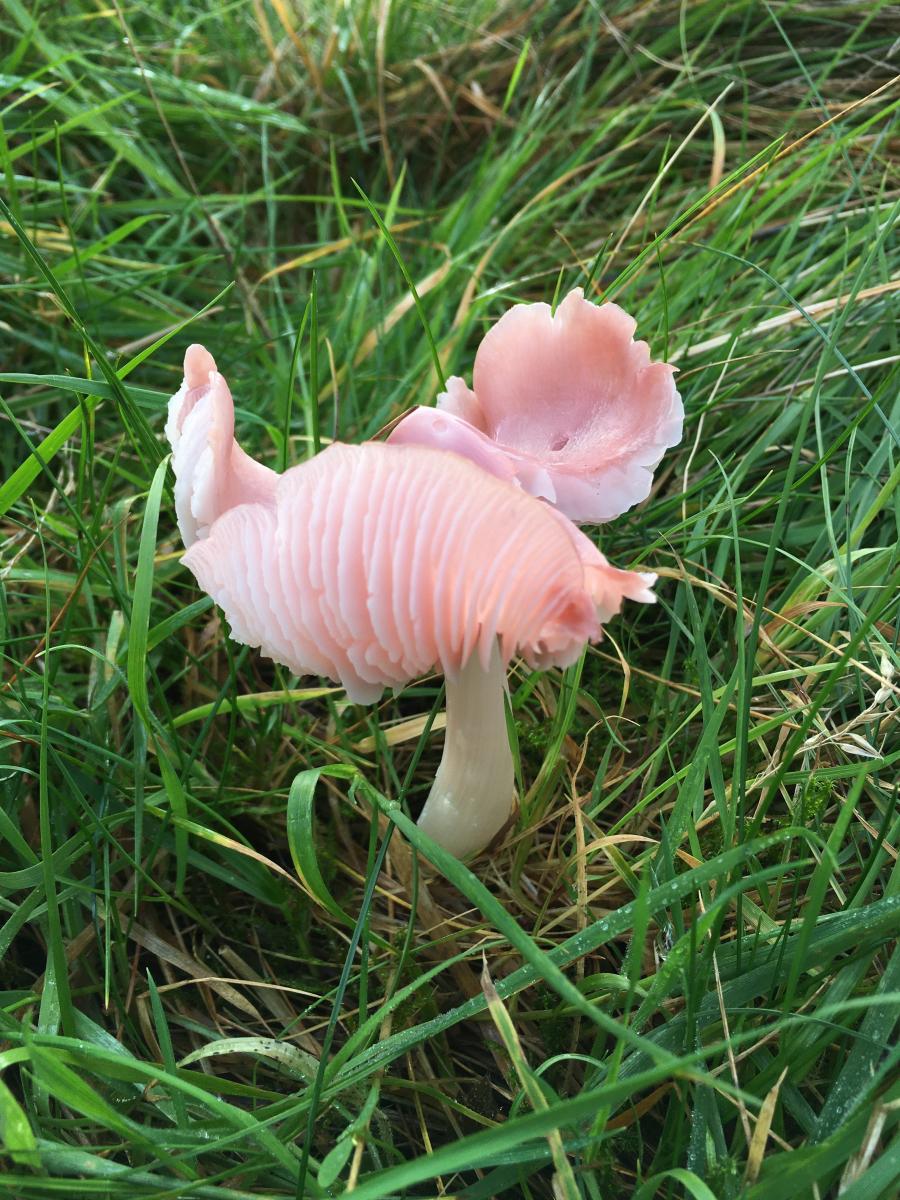A new project in the Forest of Bowland National Landscape will see volunteers learning how to identify colourful waxcap fungi and the rare grassland habitats where they are found.
new project in the Forest of Bowland National Landscape will see volunteers learning how to identify colourful waxcap fungi and the rare grassland habitats where they are found.
Waxcaps are an indicator of ancient, un-improved grassland and knowing where these and other grassland fungi are thriving, helps to pinpoint where these grasslands remain, so that they can be protected for the future.
These ancient grasslands are the last remnants of unspoilt habitats and home to rare plant and invertebrate species, as well as rare fungi. Because so many species-rich meadows and pastures have been lost over the years, it's now vital that remaining sites are located and recorded, enabling their continued appropriate management.
Hay Time Project Officer, Carol Edmondson, is organising the project and explained, "Waxcaps are amazing. They come in all sorts of shapes and colours, from the beautifully frilly ballerina waxcap, to the intriguingly named parrot waxcap. Along with other grassland fungi species like corals, pinkgills and earthtongues, they are a really good indicator of scarce, ancient grassland habitats."
Carol continued, "Working with Lancashire County Council's Biological Heritage Sites team and Aberystwyth University, one of our aims is to provide a toolkit for farmers and landowners; raising awareness and helping them to continue sympathetic management of this important habitat ."
The project is looking for volunteers to survey potential sites and collect soil samples this autumn for eDNA analysis. Training will be given and no previous experience is needed, but volunteers with fungi identification skills are also welcome to get involved.
Anyone wishing to find out more, or take part in the training, can email Carol on carol.edmondson@lancashire.gov.uk
